Antivirus
Photo & Video
Programming & Design
Office Management
Other
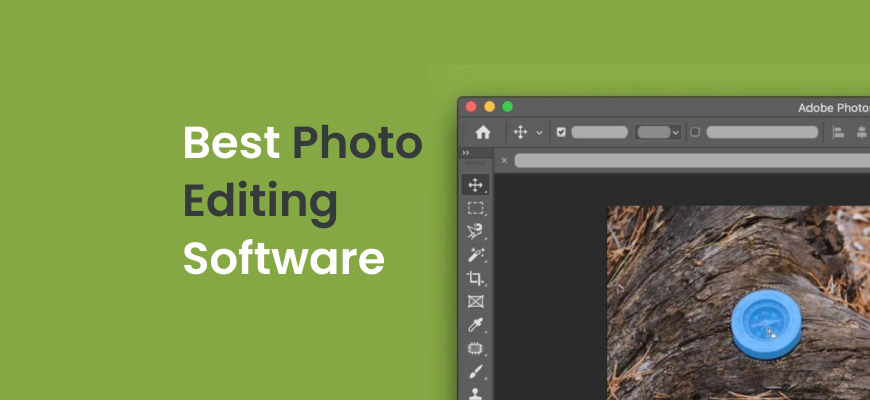
In the age of social media and digital photography, having the best photo editing software is essential for photographers, graphic designers, and even hobbyists. This article aims to provide a comprehensive list of the top photo editing software in 2023, complete with overviews, key features, pros, and cons. By the end of this article, readers should have a better understanding of which software will best suit their needs.
Table of Contents
Before diving into the list of top photo editing software, it’s important to consider several factors when choosing the right software for your needs. These factors include the software’s ease of use, available features, compatibility with your operating system, and cost. Additionally, consider the type of editing you plan to do, such as basic adjustments, advanced retouching, or creating complex designs.
| Name | Rating | Price | |
| Adobe Photoshop | 100% Free | Download Free | |
| Lightroom | 100% Free | Download Free | |
| GIMP | 100% Free | Download Free | |
| Capture One | 100% Free | Download Free | |
| DxO PhotoLab | 100% Free | Download Free | |
| Skylum Luminar | 100% Free | Download Free | |
| Corel PaintShop Pro | 100% Free | Download Free | |
| Darktable | 100% Free | Download Free | |
| Pixlr | 100% Free | Download Free | |
| Affinity Photo | 100% Free | Download Free |
The following list of photo editing software includes both free and paid options, catering to various levels of experience and user needs.
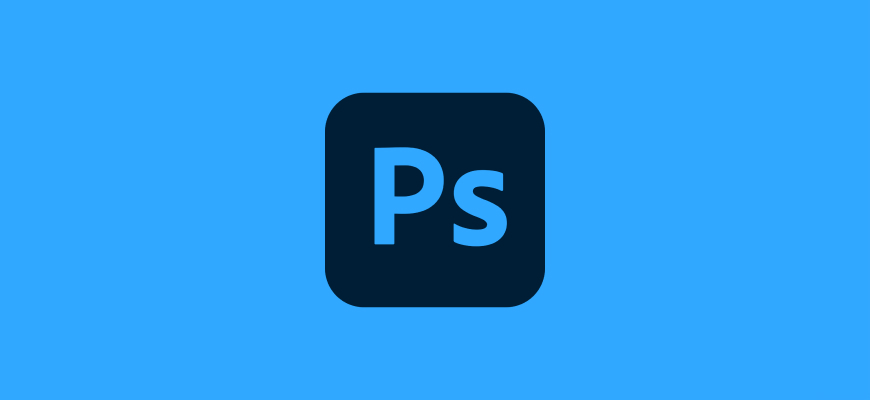
Adobe Photoshop is arguably the most well-known and widely-used photo editing software on the market. It’s a professional-grade tool that offers a wide range of features and functions, making it a popular choice for both amateurs and professionals alike.
Some of the key features of Adobe Photoshop include layers, advanced selection tools, content-aware fill, and a vast array of filters and effects. Additionally, Photoshop supports a wide range of file formats and offers integration with other Adobe products, such as Lightroom and Illustrator.
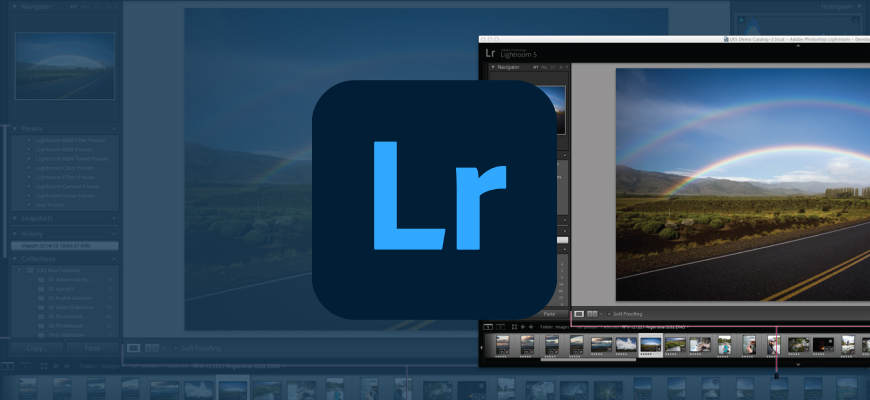
Adobe Lightroom is another popular photo editing software, designed specifically for photographers. It focuses on streamlined, non-destructive editing and image organization, making it an ideal choice for those needing to manage and edit large volumes of photos.
Key features of Lightroom include non-destructive editing, advanced color correction, and exposure adjustments, as well as integrated image organization and cloud storage. It also offers compatibility with a range of camera RAW formats, allowing for direct import and editing.

GIMP, or GNU Image Manipulation Program, is a free and open-source photo editing software that offers a range of tools and features for image manipulation and graphic design, making it a popular alternative to Adobe Photoshop for those on a budget.
Some key features of GIMP include layers, advanced selection tools, a customizable user interface, and support for various file formats. Additionally, being open-source, GIMP has an active community that continuously develops plugins and extensions to expand its capabilities.

Capture One, developed by Phase One, is a professional photo editing software that focuses on high-quality image processing and tethered shooting. It’s popular among professional photographers and studios for its advanced color management and editing capabilities.
Key features of Capture One include advanced color and exposure adjustments, layers, tethered shooting, and support for a wide range of camera RAW formats. It also offers a customizable interface, allowing users to tailor the software to their workflow.
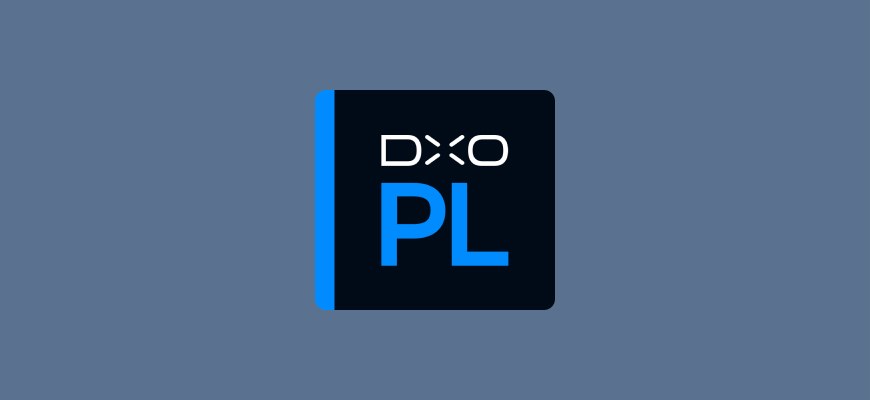
DxO PhotoLab is a powerful photo editing software that offers advanced RAW processing and lens correction capabilities. It’s known for its superb image quality and intuitive interface, making it a popular choice among photographers.
Some key features of DxO PhotoLab include advanced RAW processing, automatic lens corrections, noise reduction, and local adjustment tools. It also offers a range of presets and customizable workspaces to fit various workflows.
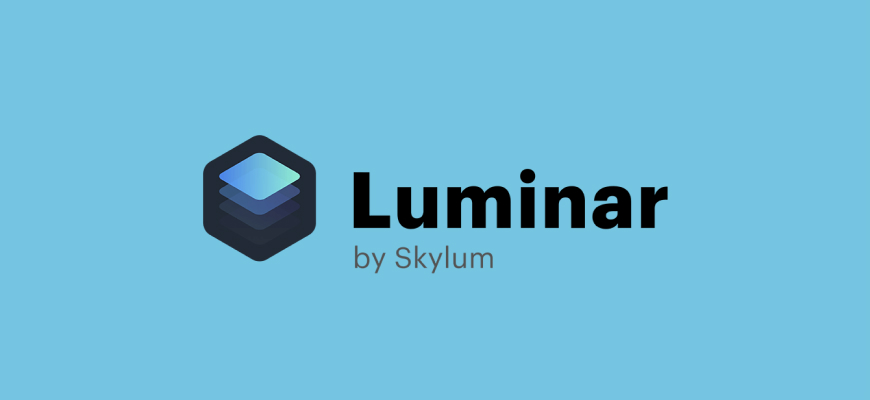
Skylum Luminar is a powerful and user-friendly photo editing software that utilizes artificial intelligence to streamline the editing process. It offers a range of advanced editing tools, making it suitable for both beginners and professionals.
Key features of Skylum Luminar include AI-driven editing tools, layers, advanced masking and selection options, and a customizable interface. It also offers a range of built-in presets and filters, as well as support for third-party plugins.
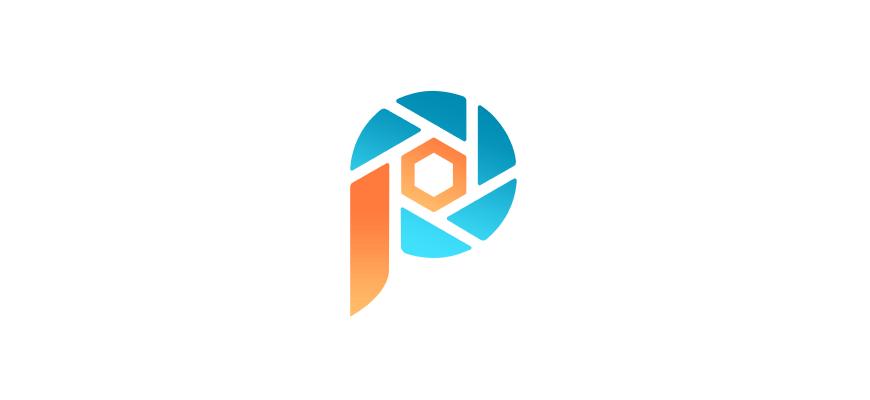
Corel PaintShop Pro is a versatile photo editing and graphic design software that offers an affordable alternative to Adobe Photoshop. It features a range of powerful tools and a user-friendly interface, making it suitable for both beginners and experienced users.
Some of the key features of Corel PaintShop Pro include layers, advanced selection tools, content-aware editing, and a range of filters and effects. It also supports a wide range of file formats and offers integration with other Corel products.
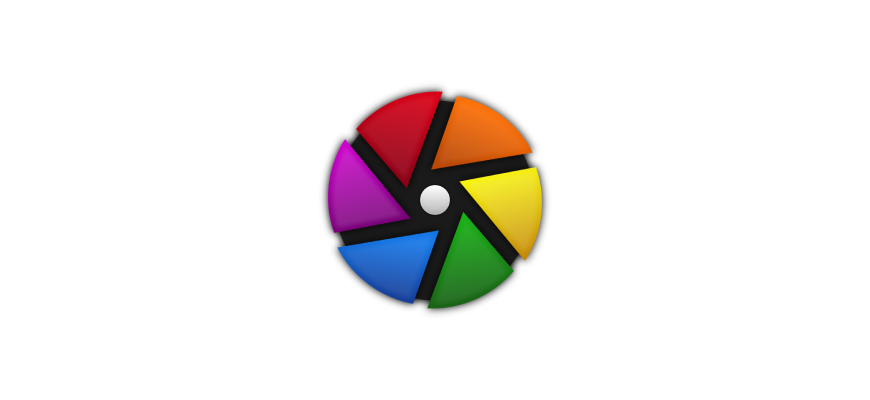
Darktable is a free and open-sourcephoto editing software that offers advanced RAW processing and non-destructive editing capabilities. It’s popular among photographers and graphic designers for its range of editing tools and customizable interface.
Key features of Darktable include non-destructive editing, advanced color and exposure adjustments, and support for a wide range of camera RAW formats. It also offers a range of presets and filters, as well as customizable workspaces to fit various workflows.
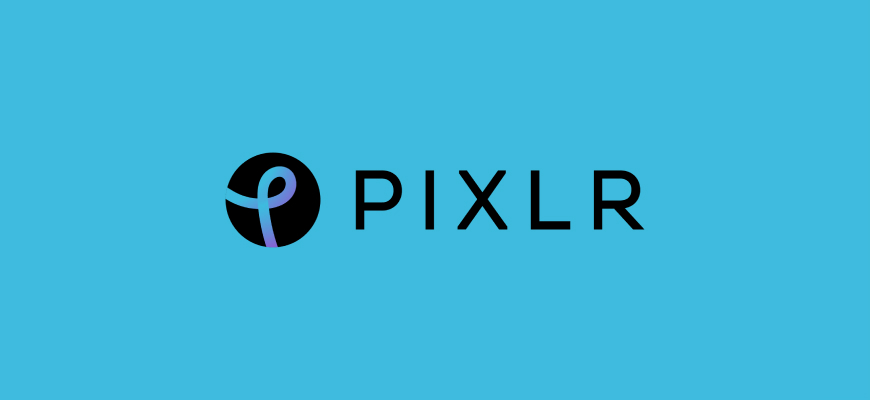
Pixlr is a browser-based photo editing software that offers a range of editing tools and features. It’s popular among users who need to quickly edit photos without the need for downloading and installing software.
Key features of Pixlr include layers, a range of filters and effects, and support for various file formats. It also offers a user-friendly interface and the ability to save and share edited images directly from the browser.

Affinity Photo is a professional-grade photo editing software that offers a range of advanced features and capabilities. It’s known for its fast processing speeds and compatibility with various file formats.
Some of the key features of Affinity Photo include layers, advanced selection tools, content-aware fill, and a range of filters and effects. It also offers support for various file formats and offers integration with other Affinity products.
When choosing the best photo editing software, consider your level of experience, the type of editing you plan to do, the available features, and the cost. Additionally, consider the compatibility with your operating system and the file formats you plan to work with. It’s also helpful to read reviews and try out demos or free versions before committing to a specific software.
In conclusion, the best photo editing software for you will depend on your specific needs and preferences. Consider the factors mentioned above when making your decision and explore the options available, both free and paid. With the right software, you can elevate your photography and graphic design skills to the next level.
When selecting the best photo editing software, it’s important to consider factors such as the software’s user interface, available editing features, compatibility with your operating system, pricing options, and customer support.
Yes, the best photo editing software in 2023 typically caters to both beginners and professionals. These software options often provide a range of tools and features that can be tailored to different skill levels, allowing users to start with basic editing functions and progress to more advanced techniques as they gain experience.
Yes, there are free photo editing software options available in 2023 that provide basic editing functionalities. These programs may have limitations compared to their paid counterparts but can still be a great starting point for users on a budget or those who require simple editing tools.
Many of the top photo editing software options in 2023 offer cross-platform compatibility, allowing users to access and edit their photos on multiple devices, such as desktop computers, laptops, tablets, and smartphones. This flexibility enables users to work seamlessly across different devices and access their projects anytime, anywhere.